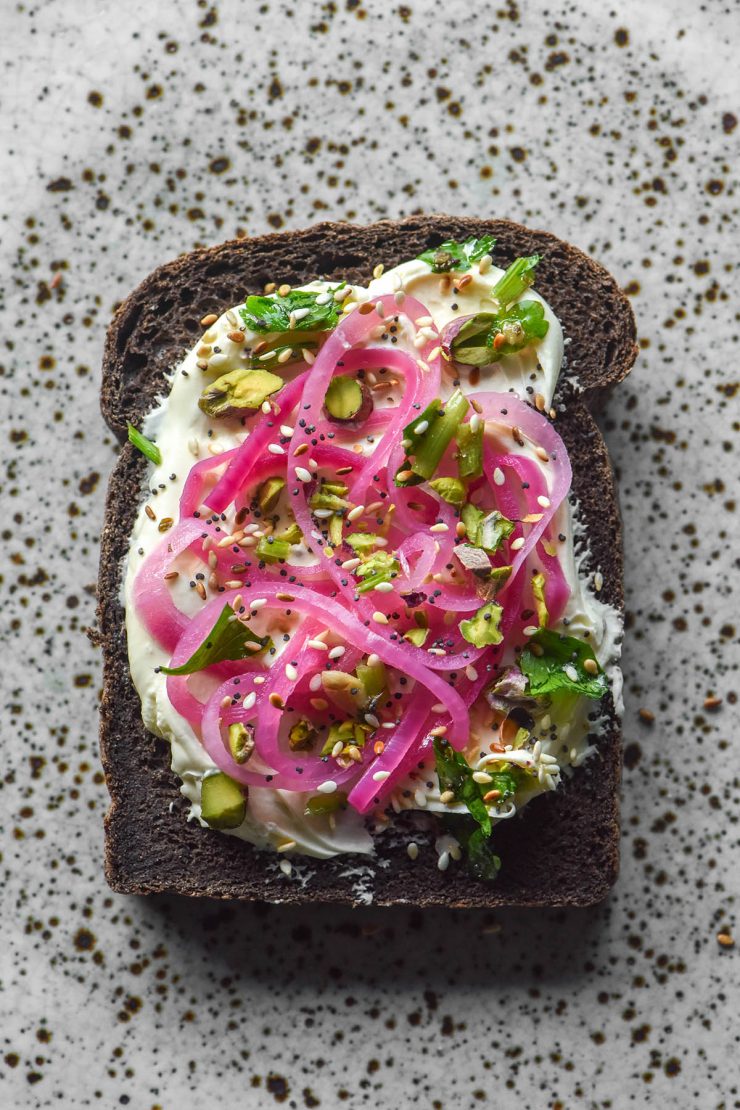
I will take any excuse to chat gluten free bread making, so today I thought I’d share my gluten free breads with psyllium husk. They’re all bound together with the magic of psyllium for fluffy and soft gluten free bread – no crumbly breads in sight.
Gluten free breads with psyllium husk
These gluten free bread recipes all use psyllium husk as a binder. They are all xanthan gum free and mostly egg free/vegan as well. I try to cater to a whole array of different dietary requirements with my gluten free bread making, so there are corn free/soy free options and beyond.
More gluten free resources
- Substitutes for xanthan gum in gluten free baking
- How to make the best gluten free bread
- 60+ gluten free dessert recipes
- Gluten free dairy free dessert recipes
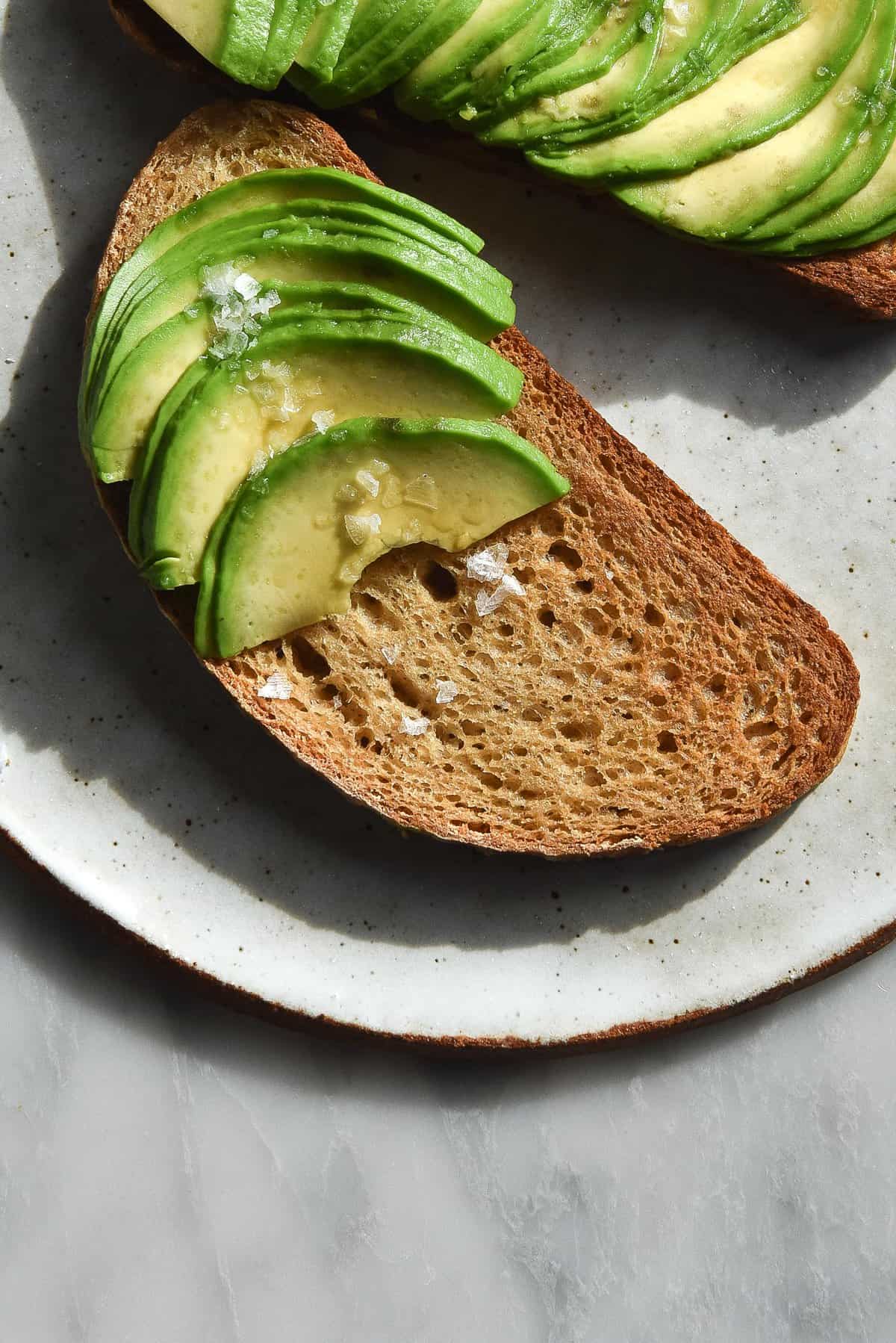
Does psyllium husk contain gluten?
No, psyllium husk does not contain gluten. Psyllium husk is a soluble fibre that is made from the husks of the psyllium seed. Psyllium seeds come from a scrub like bush called Plantago Ovata, most commonly grown in India. This plant has no connection to gluten containing grains and is 100% gluten free in its natural state.
One thing to keep in mind is how your psyllium husk has been processed. Always read the labels and search out a brand that manufactures in a gluten free factory if you are catering to coeliacs.
What does psyllium husk do in gluten free baking?
Psyllium husk is a magical ingredient in gluten free baking for a number of reasons. Firstly, it absorbs a significant amount of liquid. This is critical in gluten free baking, where the results are often criticised as being dry and crumbly. Adding psyllium husk to a dough absorbs enough liquid to create a delicious soft and fluffy gluten free baked good.
Secondly, psyllium husk creates structure in a gluten free baked good. As the psyllium husk absorbs liquid, it firms the dough into a shape and allows the dough to retain said shape. This is important because gluten free flours lack gluten and thus any sort of strength. Gluten free dough cannot be kneaded to develop strength – it needs to be artificially added into the dough.
So, psyllium husk performs two major and interdependent functions in gluten free baking. Although there are other mucilaginous options (namely, flaxseed meal and chia seed meal), psyllium husk is aesthetically the most subtle. Psyllium husk is also more readily available than chia seed meal and less likely to go rancid than flaxseed meal.

What are the different sorts of psyllium husk?
Psyllium husk is generally sold in two forms: whole psyllium husks and psyllium husk powder. The whole psyllium husks can sometimes be referred to as flakes. In Australia, at least, whole psyllium husks are more easily purchased than psyllium husk powder.
Psyllium husk powder is more absorbent than the flakes per gram. This is because it’s essentially a more condensed form of psyllium husk. While you can buy the powder in some stores, I recommend making it yourself. In my experience, the store bought powder is too finely milled and tends to clump together when you add it to liquid. I use a small Breville spice grinder to make my own psyllium husk powder from whole psyllium husks.
Aside from the absorbency difference, there are a few other differences between the two varieties. Psyllium husk flakes tend to leave little pock marks on your bread in the husk shape. This is purely an aesthetic concern and is fine if you don’t mind.
The other difference, and where I would recommend the powder, is in terms of cutting through a dough. In things like gluten free croissants or puff pastry, the husks can interrupt lamination and ruin your layers of butter. In things like gluten free pasta, they can be a little awkward to cut. So, in laminated baked goods and wherever a recipe specifically asks for powder, use the powder.
One last thing: a lot of store bought brands of both whole psyllium husks and psyllium husk powder can turn your baked goods grey/purple. Some brands are better than others, so shop around if you encounter this issue. It’s not a safety issue, just an aesthetic one.
Gluten free bread recipes that use psyllium husk
Without further ado, let’s get into the recipes! Most of the following recipes are for bread, but I have also included gluten free wraps, bagels and other bready items after the bread recipes.
Gluten free buckwheat bread
I make this bread at least weekly and still can’t get enough of it. The loaf is made from majority buckwheat flour with a small amount of tapioca flour or cassava flour. It is held together by our friend, psyllium husk powder.

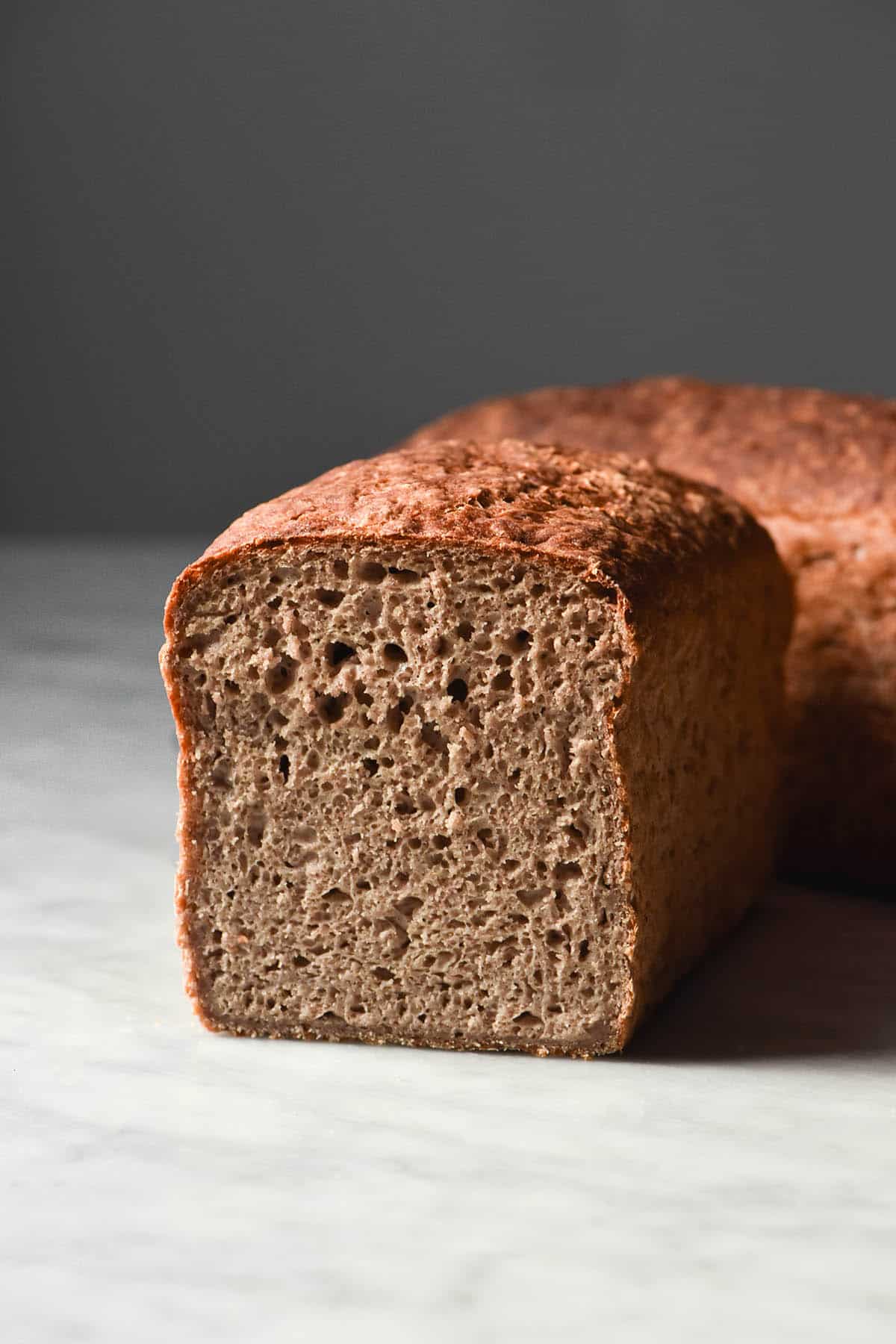
Gluten free seeded bread
A new loaf that I absolutely love, this gluten free vegan wholegrain bread is full of seeds, psyllium husk and nutrition. A great sandwich loaf that you can tinker with to suit your needs.
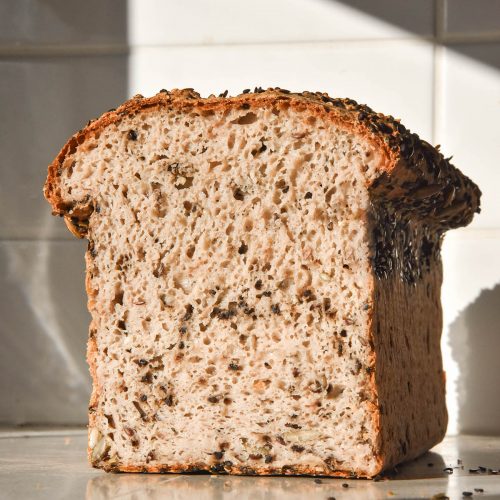

Grain free white bread
This grain free white bread uses cassava flour, tapioca flour and potato starch for a light and fluffy white bread style loaf. It doesn’t use xanthan gum; we utilise psyllium husk to hold everything together.

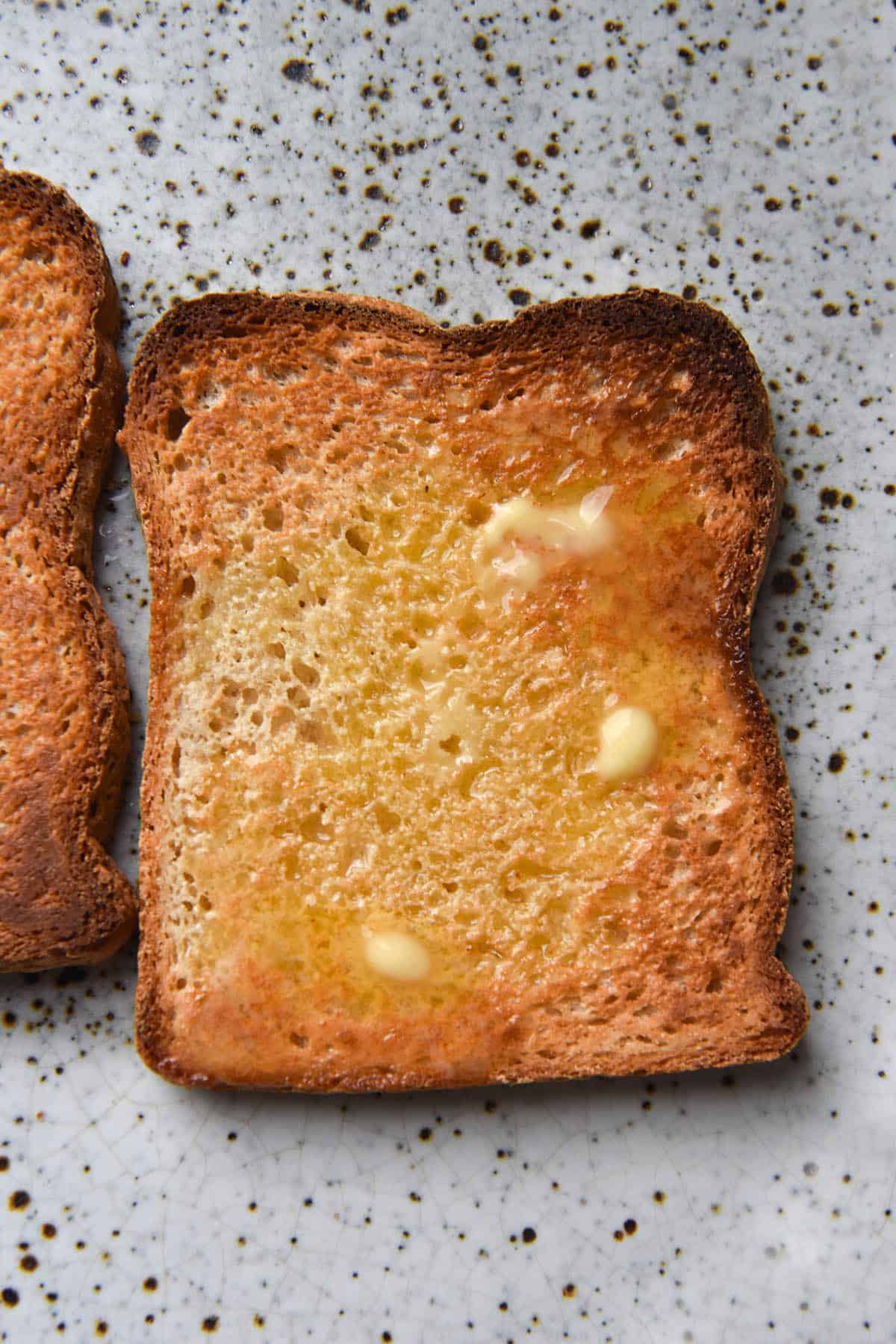
Grain free vegan white bread
I love my aforementioned grain free white bread recipe, but it does contain milk powder and eggs. I wanted to cater to everyone, so I developed this grain free vegan bread a suitable alternative.
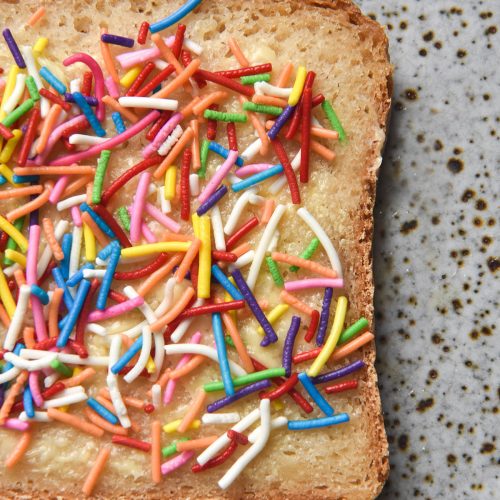
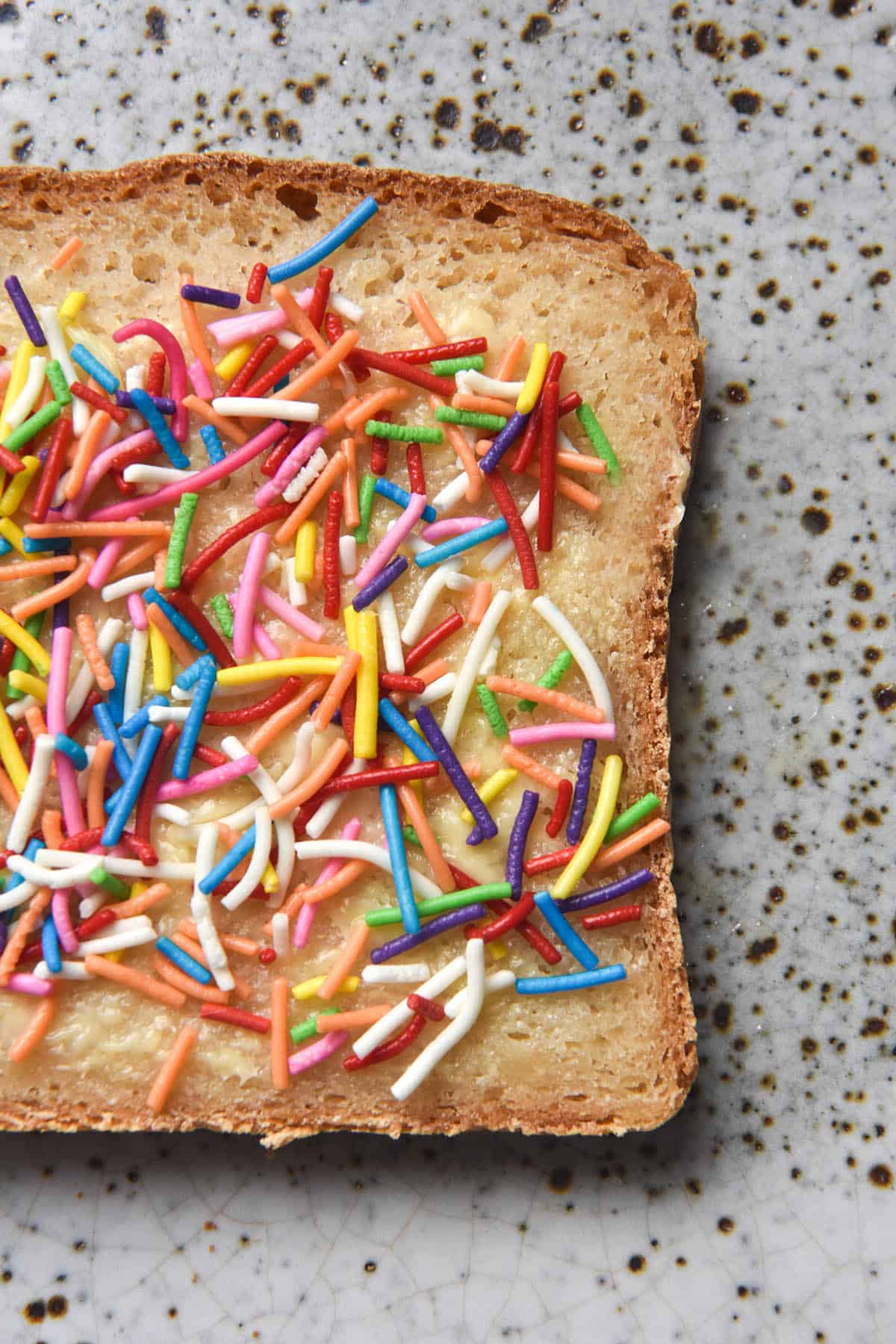
Gluten free sourdough bread
My original and favourite gluten free sourdough recipe, this loaf is a great all rounder that works with almost anything you want to add.
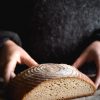
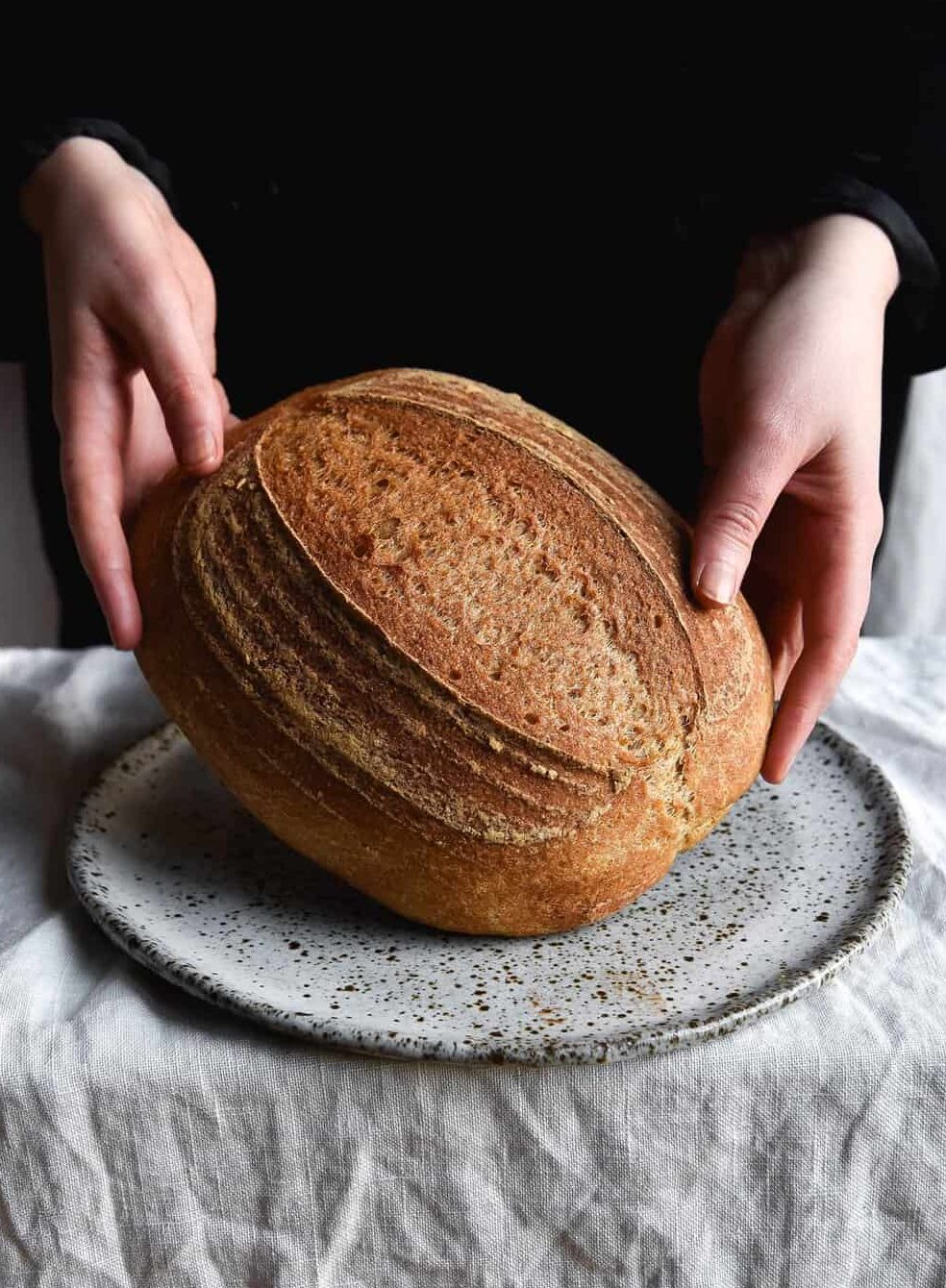
Gluten free ‘white bread’ sourdough
Keen for sourdough but also for a more ‘white bread’ experience? Look no further.


Gluten free high protein bread
A delicious and filling high protein bread that uses buckwheat flour, cottage cheese and psyllium husk for a tall and beautiful loaf that has at least 10g of protein per slice.
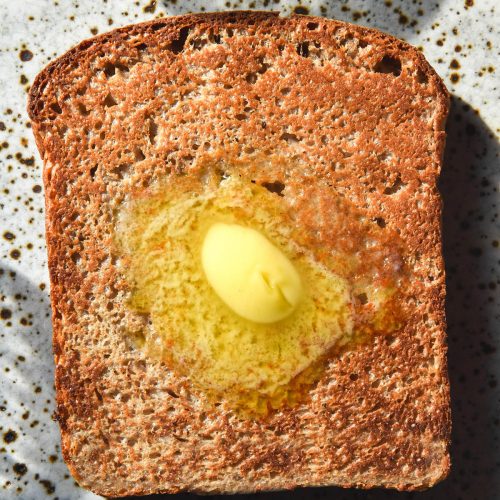
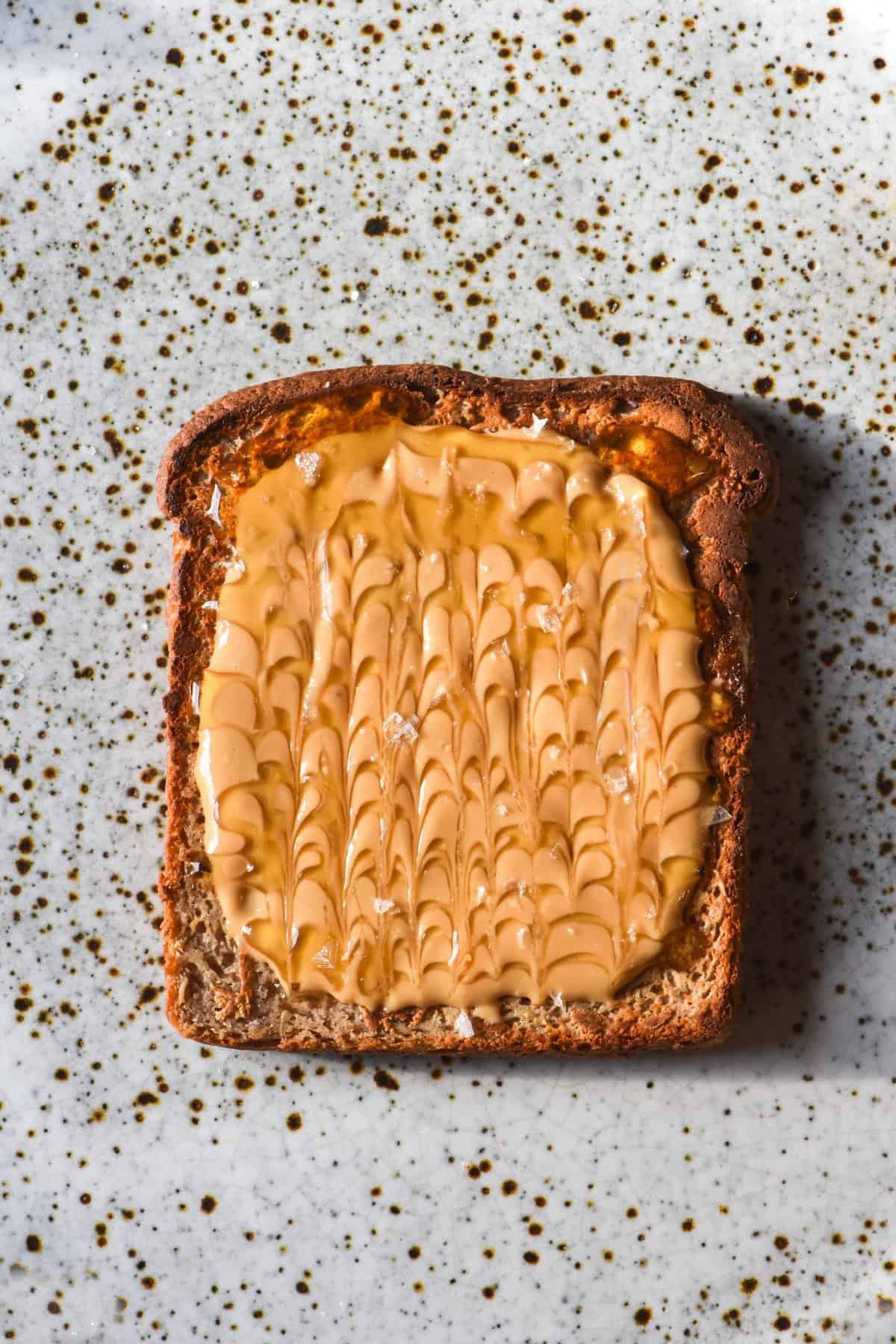
Gluten free vegan high protein bread
And for our vegan friends? The same style of bread but with cannellini beans! Still high protein and low FODMAP in the right serves as well.
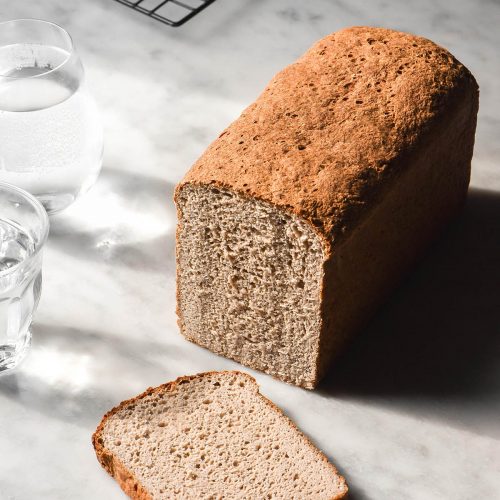
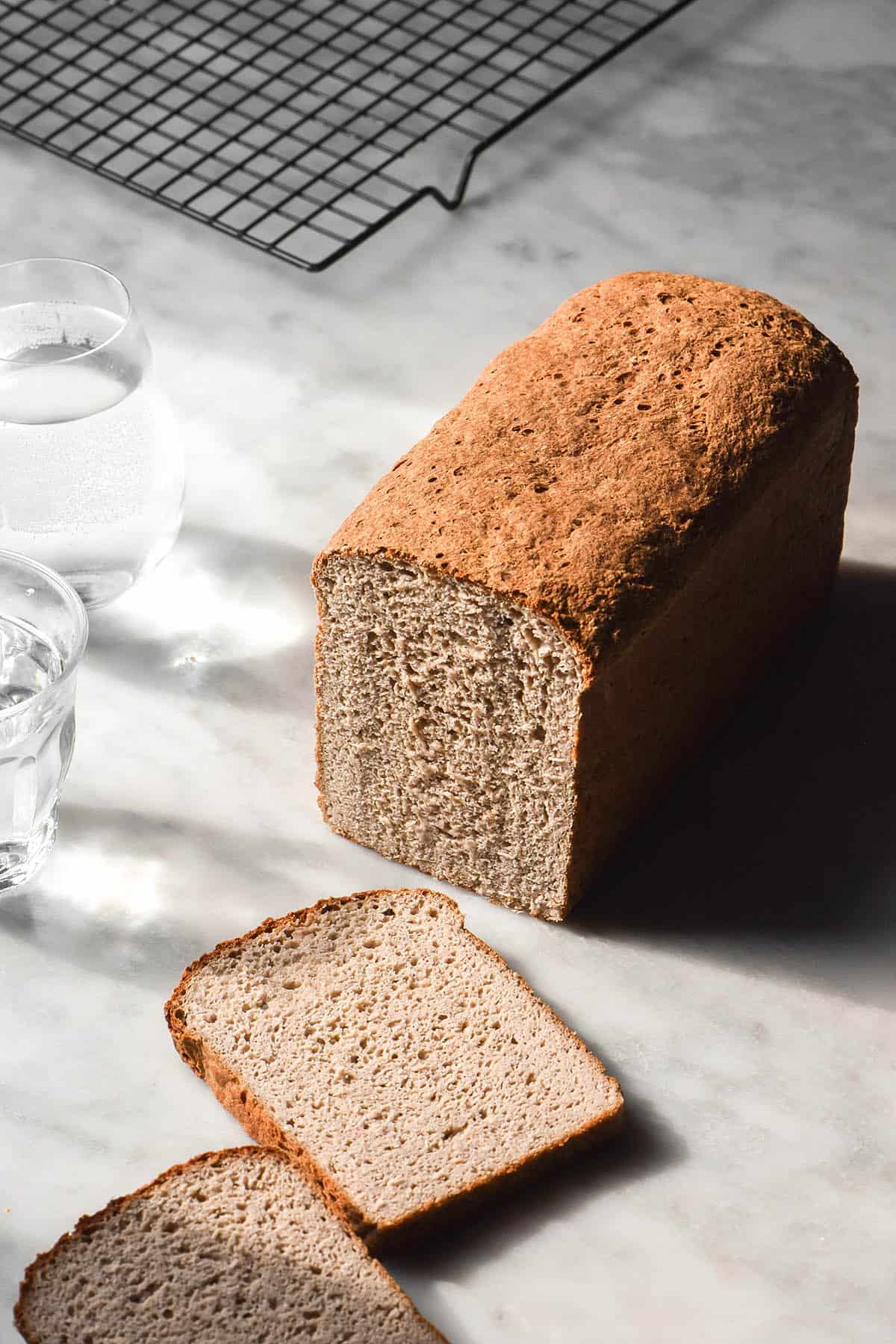
Gluten free buckwheat bread without yeast
This gluten free buckwheat bread without yeast is a recipe from my cookbook, Intolerance Friendly Kitchen. It is a hearty and delicious loaf that uses psyllium husk for binding.
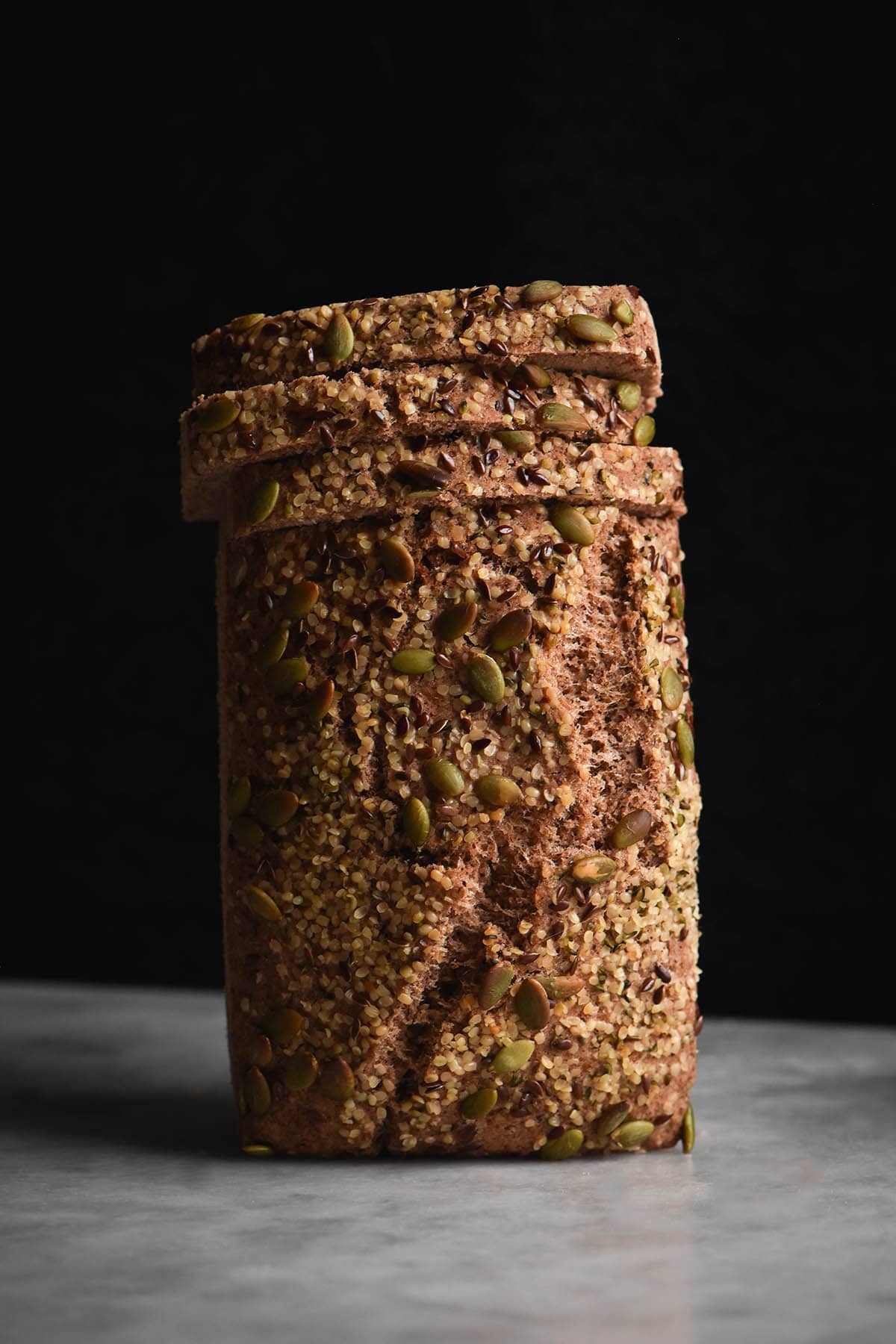
Teff bread
A delicious loaf made from majority teff flour that is vegan, gluten free, xanthan gum free and nut free. It is bound together with psyllium husk powder for a tall and delicious loaf that packs a fibre punch, too.
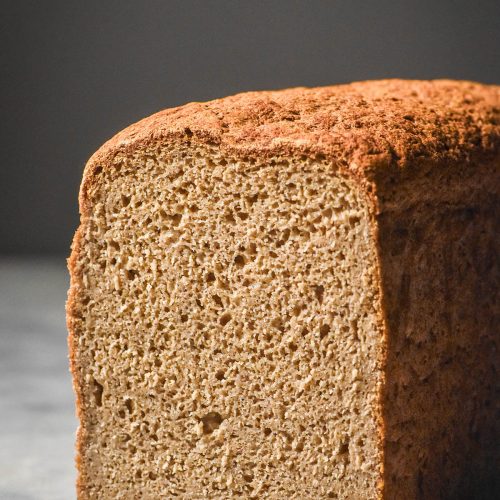

Gluten free bagels
I will never stop obsessing over these gluten free bagels without xanthan gum. They’re chewy and delicious, easily egg free/vegan with a alternate egg wash and boiled in the traditional way. Gluten free heaven!
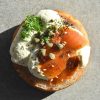
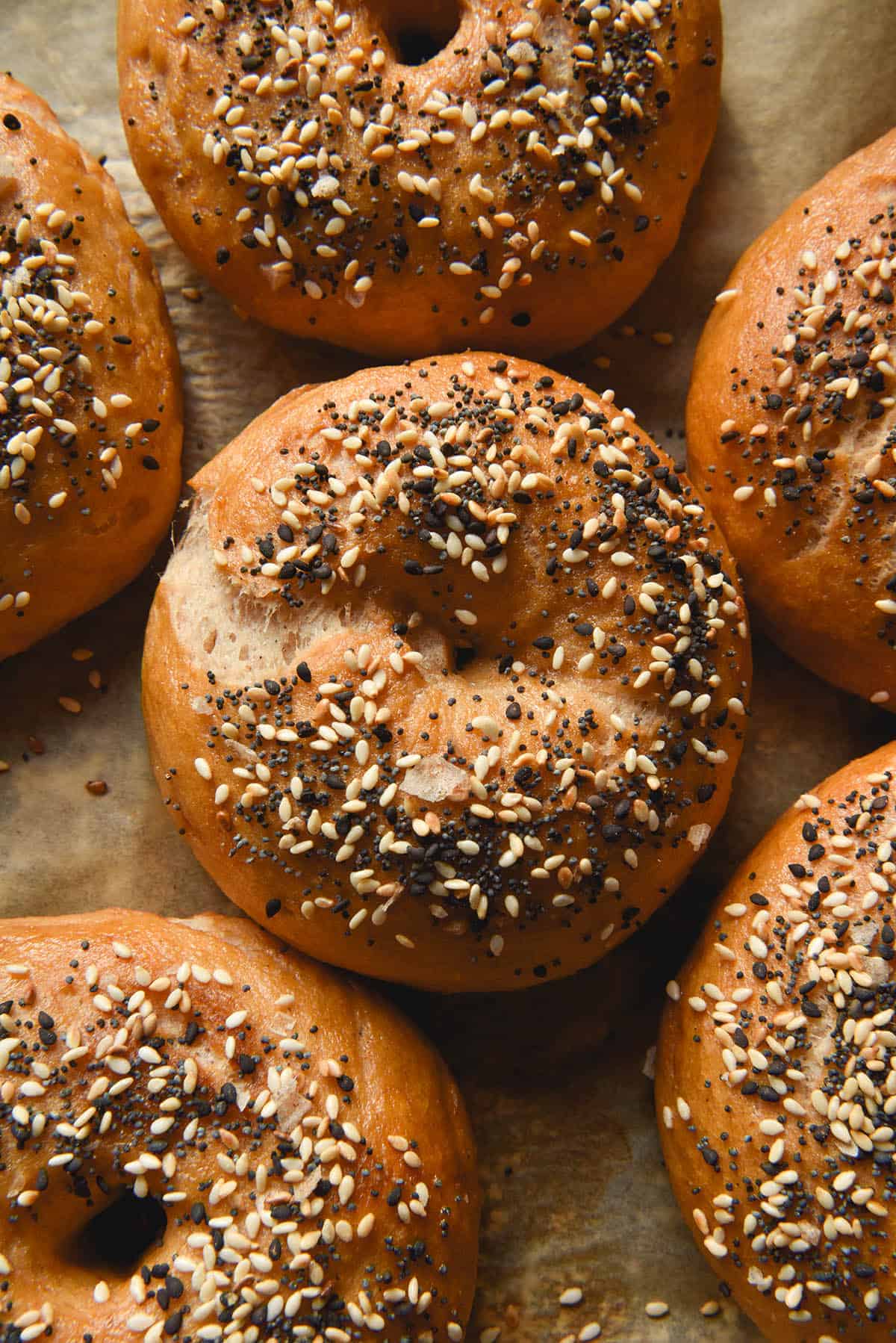
Gluten free millet bread
I am a big fan of majority wholegrain loaves (as you might be able to tell). This millet bread is a xanthan gum free, nut free and vegan loaf that everyone will love.
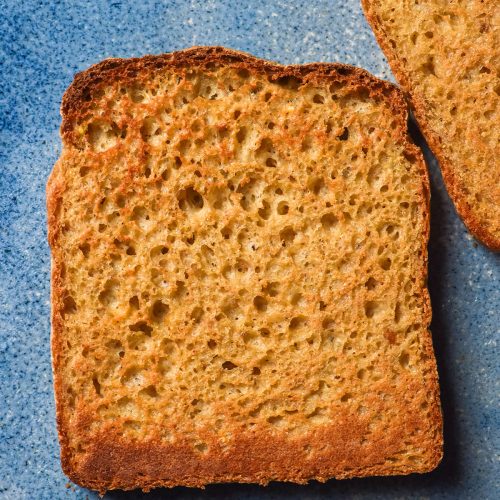
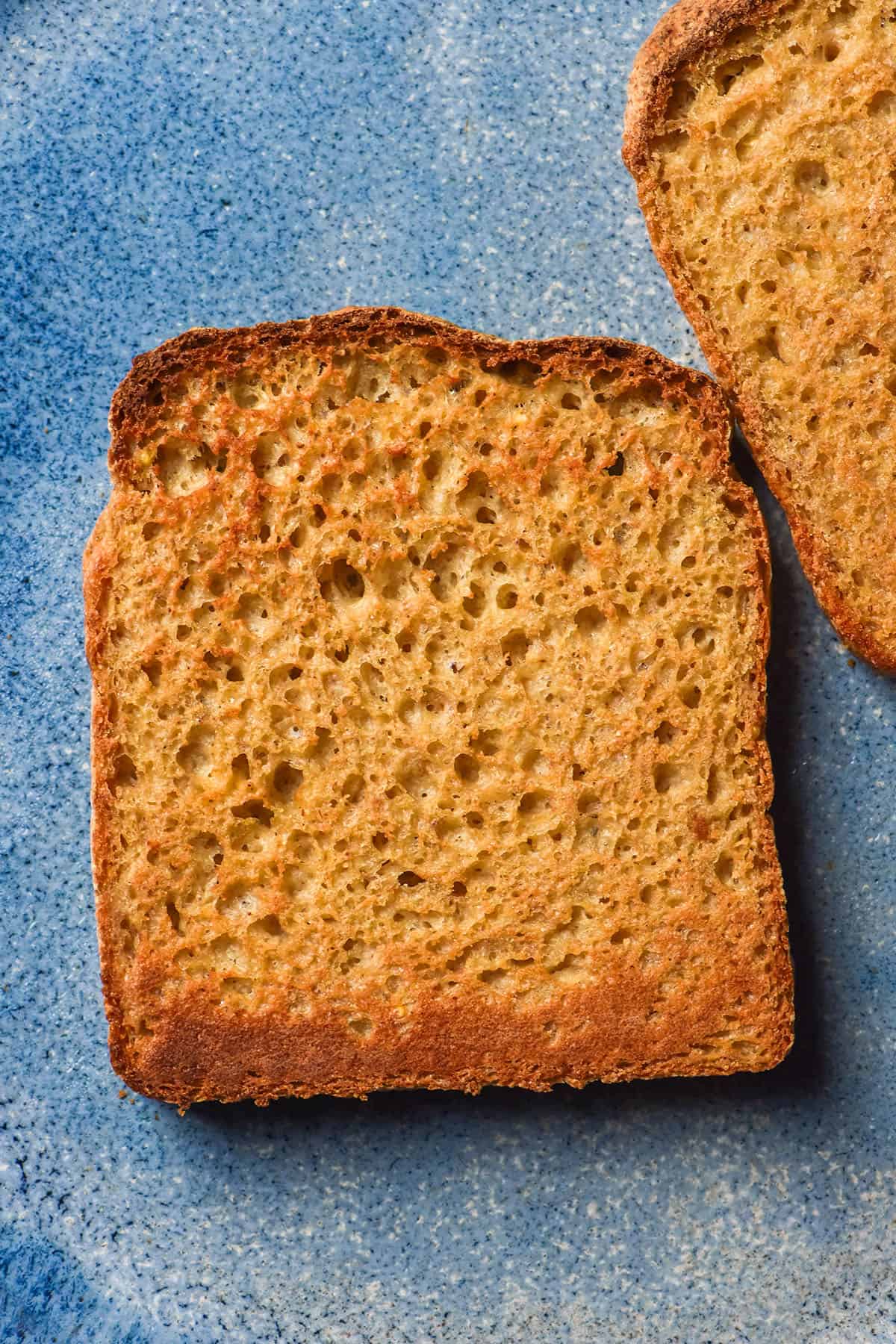
Gluten free focaccia
This focaccia took me forever and a day to perfect but I’m glad I persisted. It’s light and fluffy and has the perfect chewy crumb (thanks psyllium!).
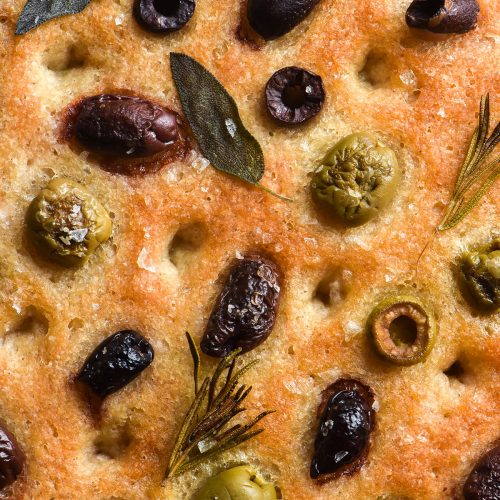
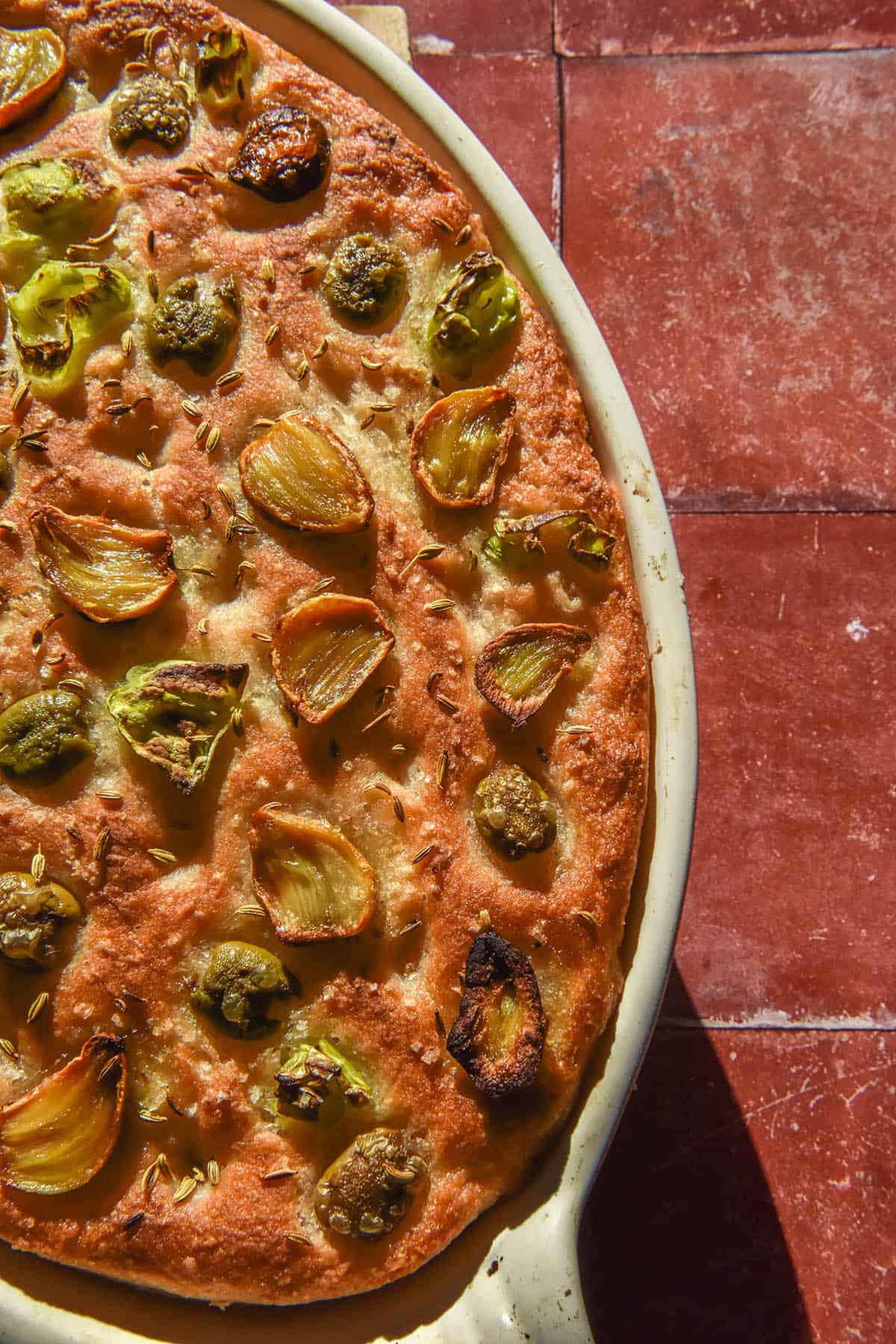
Gluten free yeast free focaccia
I get a lot of requests for yeast free bread recipes, so I enlisted yoghurt and psyllium husk powder for this gluten free yeast free focaccia. It is one of 5 recipes in my gluten free, yeast free e-book which you can find here.
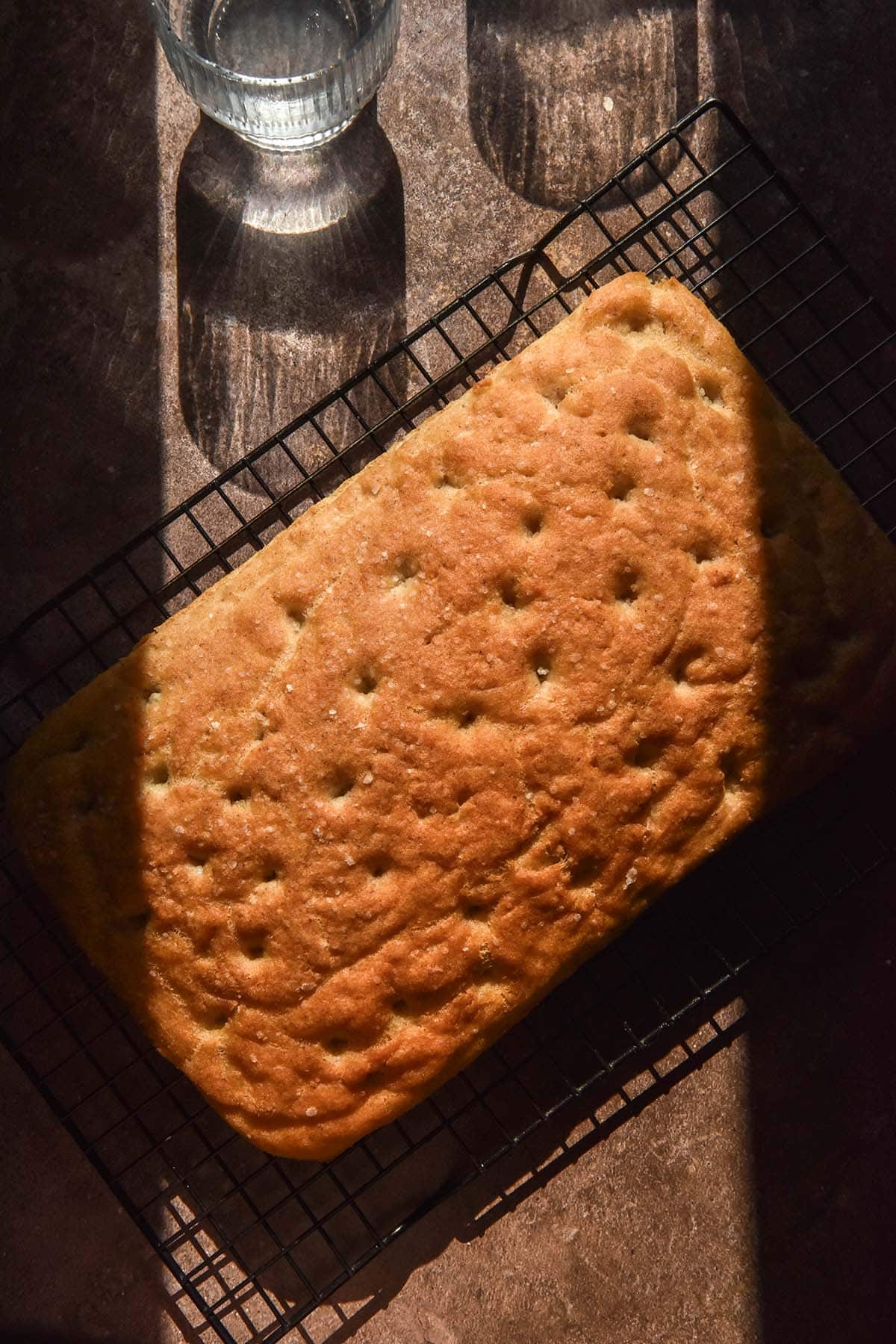
Gluten free bread rolls
These gluten free bread rolls stand tall courtesy of an unusual step: boiling the buns. As with the bagels, this gives the buns a perky, solid shape and delicious chewy crumb.
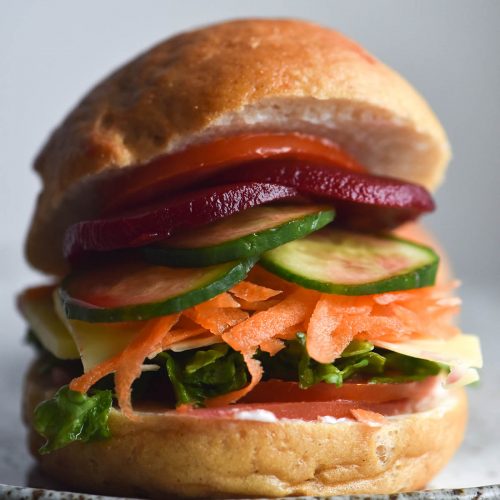
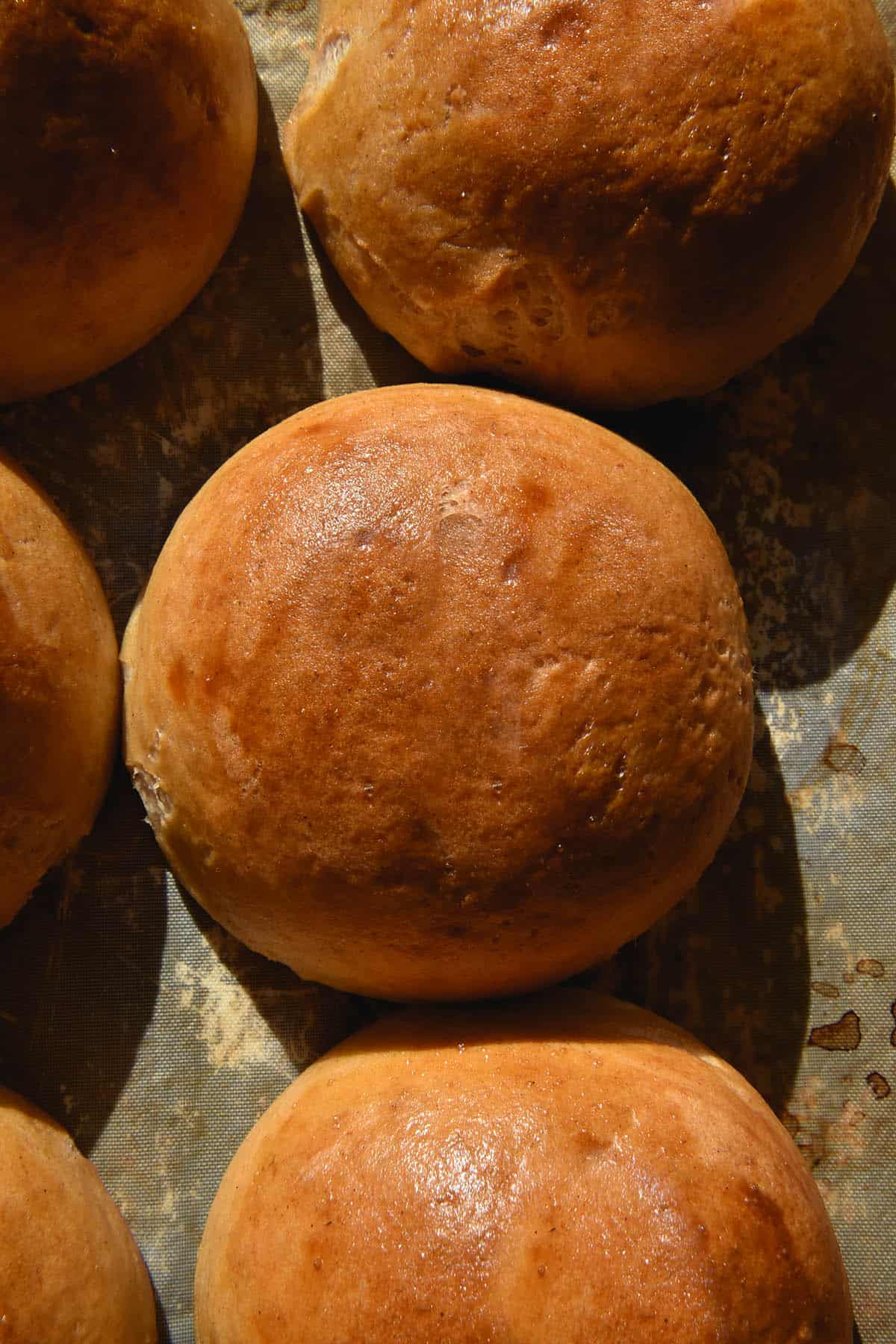
Gluten free dinner rolls without yeast
Another recipe in my gluten free yeast free e-book, these delicious and fluffy dinner rolls hold their shape with ease courtesy of psyllium husk. They are ready in under an hour start to finish – no proofing needed.

Gluten free quinoa bread
Yet another wholegrain bread, sorry! This one uses quinoa flour for a bread that packs a protein punch. Psyllium husk powder holds everything in, as always.
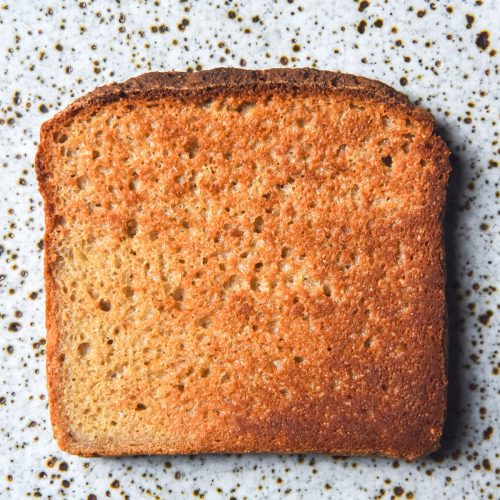
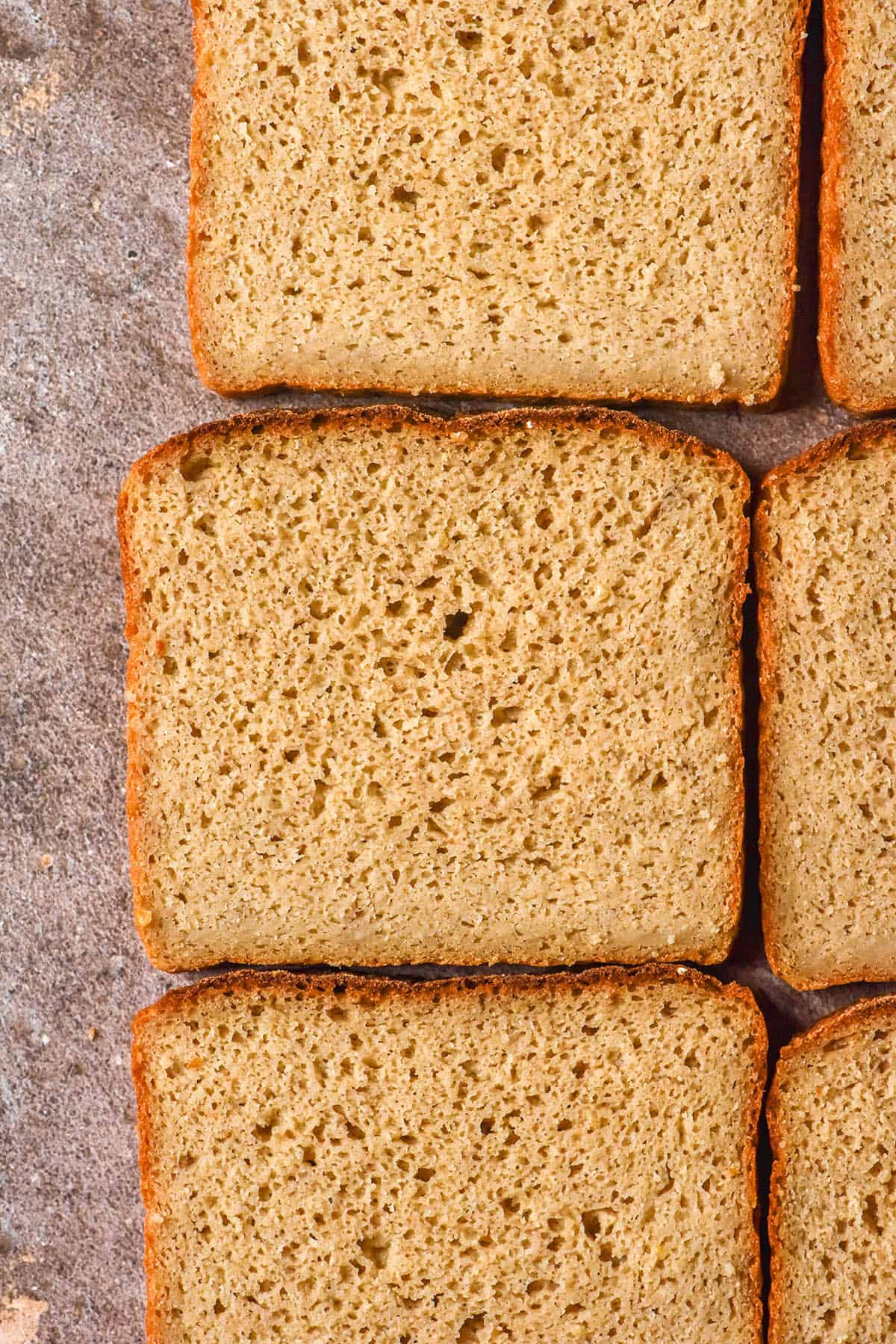
Gluten free wraps
These gluten free wraps are as perfectly flexible as any other wrap courtesy of psyllium husk powder and a scald. The gelatinised flours roll out with ease, making these wraps endlessly flexible without the need for xanthan gum.
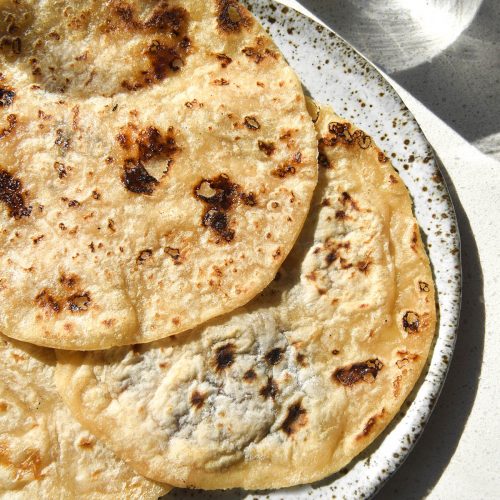
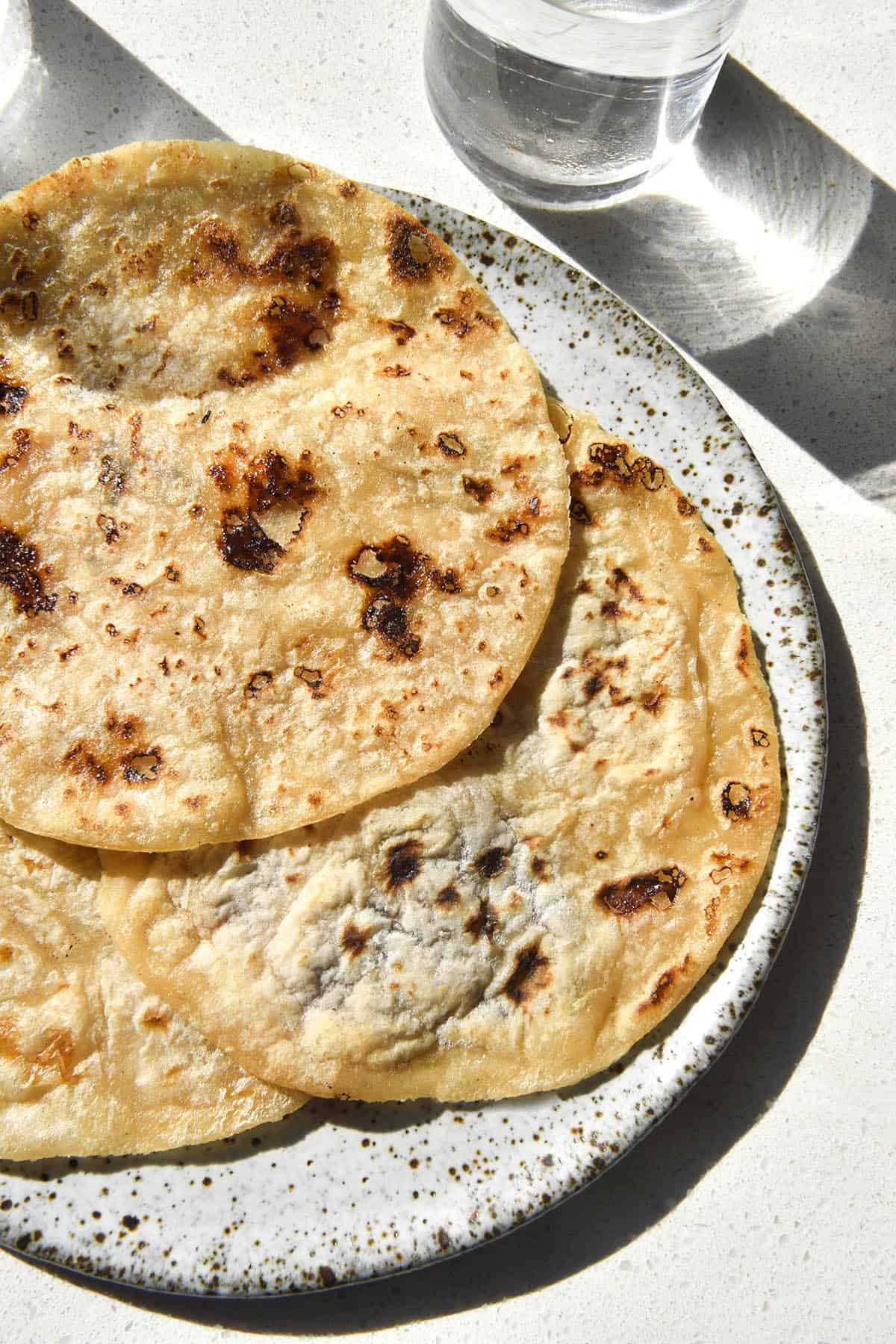
Buckwheat wraps
Ending on a high note with one of my favourite gluten free breads with psyllium husk: these buckwheat wraps. They use buckwheat flour, yoghurt, psyllium husk and boiling water for a wrap that is every bit as flexible as the regular variety.
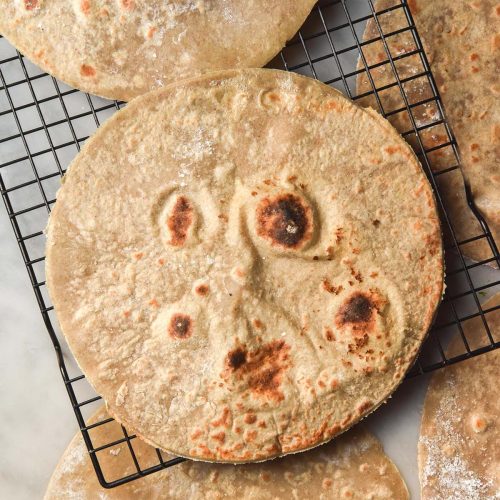
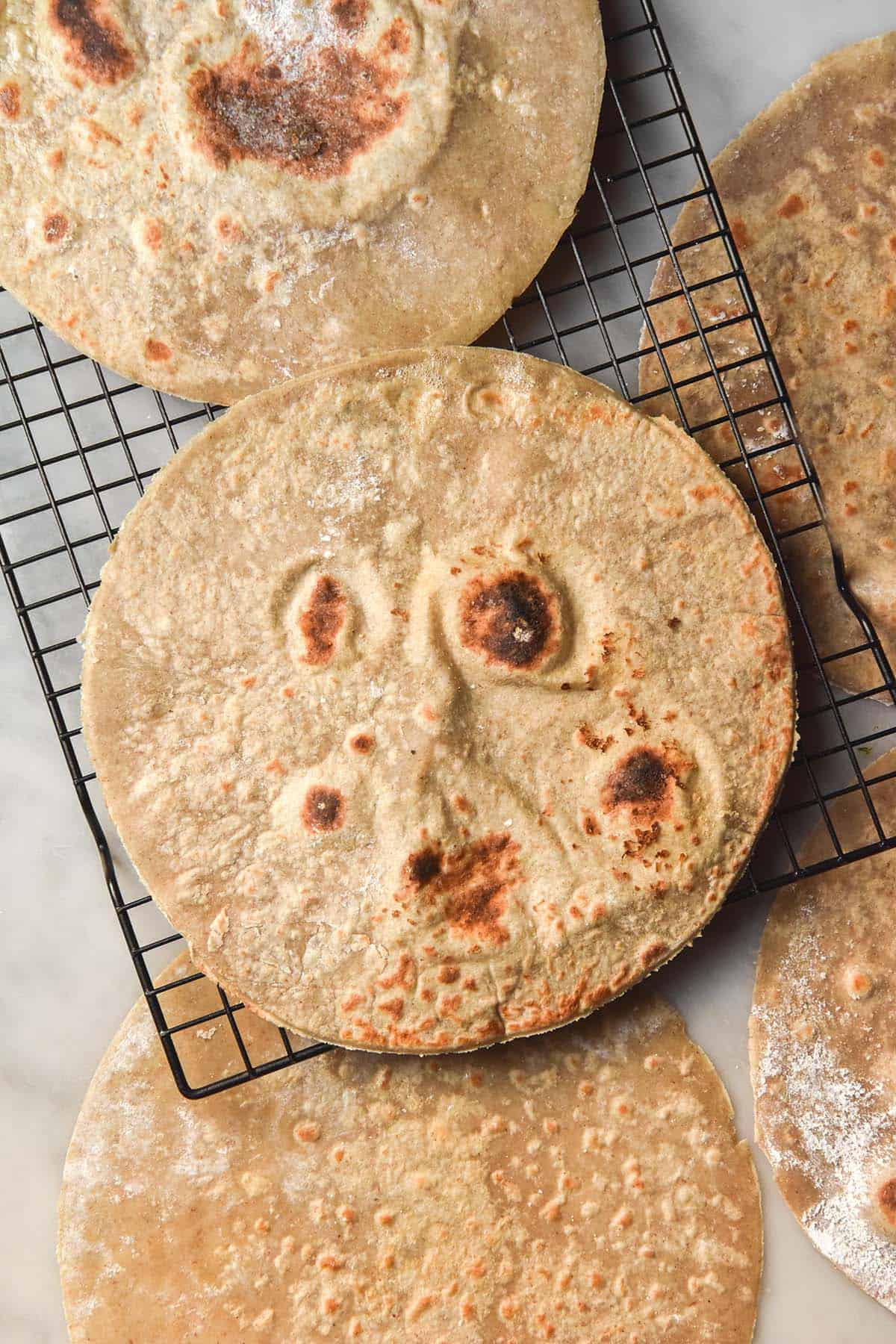
Gluten free or wheat free oat bread
Oats are considered gluten free in some countries, but not in Australia where I live. As such, you can consider this either a gluten free oat bread or a wheat free oat bread. This depends on where you live, how they are manufactured and your own personal tolerances.
This bread uses majority oat flour and psyllium husk for a dreamy loaf that is perfectly oaty.


Hey Georgia!
What is the dark loaf pictured in the main image and at the top of the post?
thanks!
Hi Allison!
It’s my buckwheat bread recipe using dark buckwheat flour 🙂
Thanks, I was wondering too! I’m thinking it would be fun to do this with half light and half dark dough swirls like Jewish deli rye bread!!
Oh my god that would be so cool! I think the dough is a bit too wet to swirl properly but you could definitely do a marble cake style loaf.
I might have to try that myself too, it would (hopefully) look amazing!